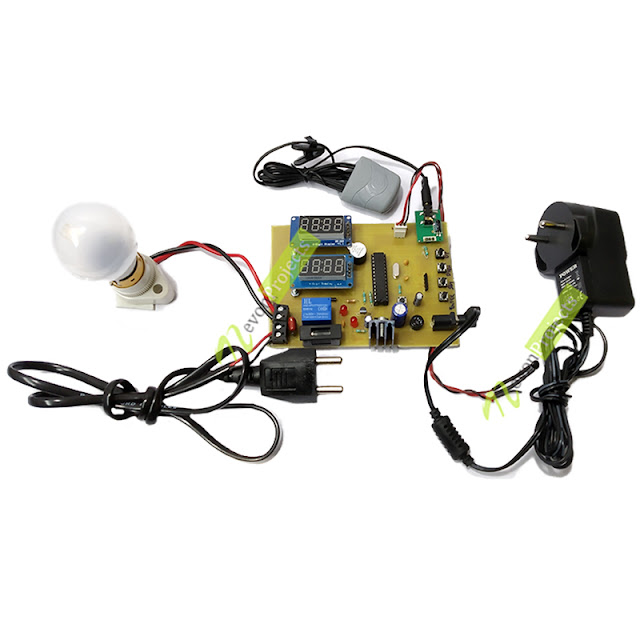Health Monitoring System using 7-Segment Display & Atmega Microcontroller

This health monitoring system is a very useful system, which can be used to monitor the health parameters of the patient. This system continuously monitors the heart rate and the temperature reading of the patient. In this health monitoring system project, we use two 7 segment modules to display the parameters, as the display has a greater viewing distance. We can select the upper limit and lower limit for the temperature and heartbeat as well. While monitoring, if the temperature is increased beyond the set high limit or is decreased below the set limit then the buzzer sounds and the load turns off. Similarly, when we remove the heartbeat sensor and system detects low heartbeat and buzzer buzzes and the load is switched off. This buzzer can help the patient’s well-wishers to take action in an emergency. When the temperature and heart rate come into control the bulb turns on and the alarm gets off

